Home>Gardening & Outdoor>Landscaping Ideas>What Kind Of Grass Is Used On Baseball Fields
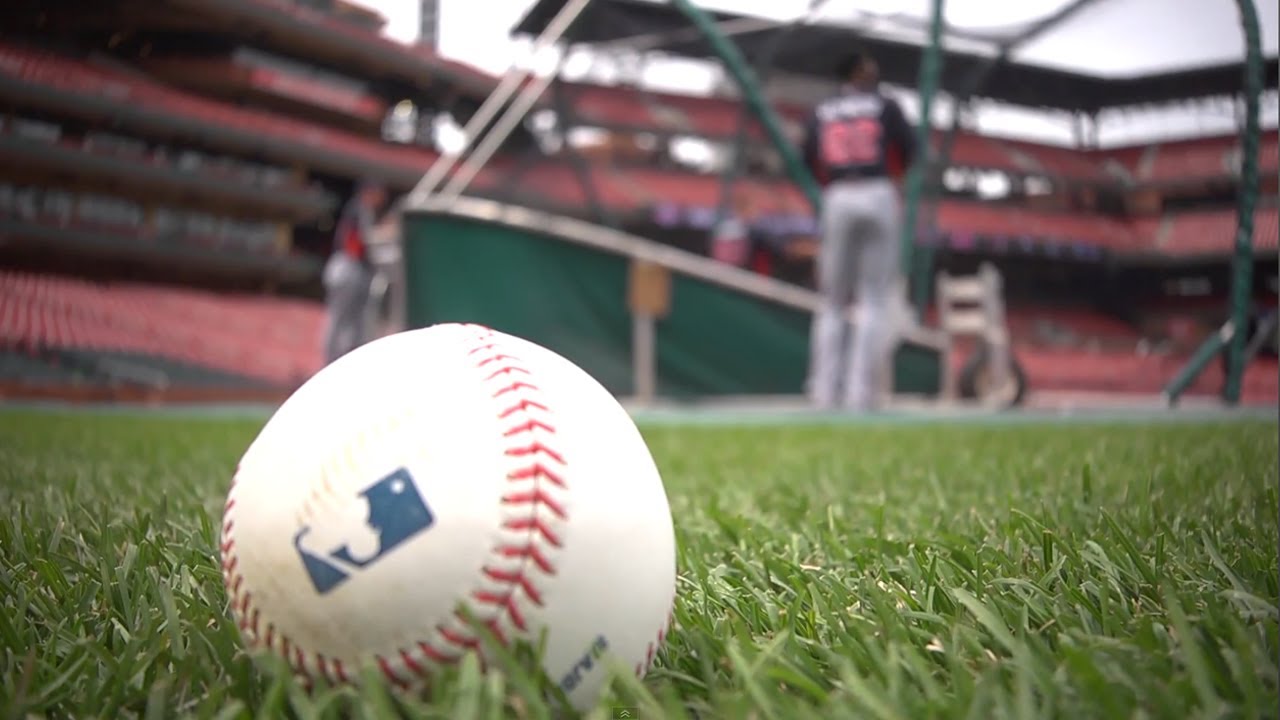

Landscaping Ideas
What Kind Of Grass Is Used On Baseball Fields
Modified: February 18, 2024
Discover the best landscaping ideas with the right kind of grass for baseball fields. Learn about the ideal grass types and maintenance tips for a perfect field.
(Many of the links in this article redirect to a specific reviewed product. Your purchase of these products through affiliate links helps to generate commission for Storables.com, at no extra cost. Learn more)
Introduction
When you think of a baseball field, the vivid image of the lush green grass under the radiant sun immediately comes to mind. The grass on a baseball field not only adds to the aesthetic appeal but also plays a crucial role in the game. The type of grass used on baseball fields is carefully selected to withstand heavy foot traffic, rapid ball movement, and varying weather conditions. Each type of grass has its own unique characteristics that make it suitable for the demands of a baseball field. In this article, we will explore the different types of grass commonly used on baseball fields, shedding light on their attributes and suitability for this iconic sporting arena. Whether you're a baseball enthusiast or simply intrigued by the intricacies of landscaping, delving into the world of baseball field grass is sure to pique your interest. So, let's embark on this insightful journey to discover the diverse grass varieties that grace the hallowed grounds of baseball fields.
Key Takeaways:
- Kentucky Bluegrass, Perennial Ryegrass, Bermuda Grass, and Zoysia Grass are the top choices for baseball fields due to their durability, rapid recovery, wear tolerance, and visual appeal.
- The type of grass used on baseball fields is carefully selected to withstand heavy foot traffic, rapid ball movement, and varying weather conditions, ensuring player safety and a visually appealing playing surface.
Kentucky Bluegrass
Kentucky bluegrass (Poa pratensis) is a perennial, cool-season grass that has long been favored for use on baseball fields. Its fine texture, vibrant green color, and ability to form a dense, uniform turf make it a popular choice among groundskeepers and field managers. Kentucky bluegrass is known for its exceptional recuperative potential, allowing it to quickly recover from damage caused by player activity and environmental stress.
One of the key attributes of Kentucky bluegrass is its tolerance to low mowing heights, which is essential for maintaining the consistent playing surface required for baseball. This grass species can withstand close mowing without sacrificing its visual appeal or resilience, making it well-suited for the precise turf management needed in baseball field maintenance.
Furthermore, Kentucky bluegrass exhibits good wear resistance, enabling it to endure the constant foot traffic and movement associated with baseball games and practices. Its ability to withstand heavy use while maintaining its aesthetic qualities makes it an ideal candidate for baseball field turf.
In addition to its durability, Kentucky bluegrass has a strong root system that anchors it firmly in the soil, contributing to the stability and firmness of the playing surface. This is crucial for ensuring player safety and consistent ball bounce during games.
Moreover, Kentucky bluegrass has a relatively high shade tolerance compared to other grass species, allowing it to thrive in areas of the field that may receive limited sunlight due to stadium structures or surrounding trees. This adaptability contributes to the overall resilience of the turf, ensuring that the playing surface remains robust and visually appealing throughout the baseball season.
Overall, Kentucky bluegrass stands out for its fine texture, recuperative capacity, wear resistance, low mowing tolerance, and adaptability to varying light conditions, making it a top choice for baseball field turf where a resilient and visually pleasing playing surface is paramount.
Perennial Ryegrass
Perennial ryegrass (Lolium perenne) is another grass species commonly utilized on baseball fields, particularly in overseeding programs where it is sown in conjunction with existing turf to enhance the playing surface. Known for its rapid germination and establishment, perennial ryegrass is favored for its ability to quickly fill in bare or damaged areas, helping to maintain the integrity of the field throughout the baseball season.
One of the notable characteristics of perennial ryegrass is its exceptional wear tolerance, which is crucial for withstanding the intense foot traffic and movement inherent in baseball games and practices. Its robust nature allows it to endure the rigors of the sport while retaining its visual appeal, contributing to the overall durability of the playing surface.
Perennial ryegrass is also prized for its fine leaf texture and vibrant green color, enhancing the aesthetic quality of the turf. Its ability to create a dense, uniform sward adds to the visual allure of the baseball field, creating an inviting and professional atmosphere for players and spectators alike.
Furthermore, this grass species exhibits strong recuperative potential, enabling it to recover swiftly from damage caused by player activity and environmental stress. Its rapid regrowth and ability to fill in bare patches contribute to the consistent and resilient nature of the playing surface, ensuring that the field remains in optimal condition for baseball games and events.
Additionally, perennial ryegrass is known for its adaptability to a range of soil types and its capacity to thrive in various climate conditions. This versatility makes it well-suited for use in different regions, allowing baseball fields across diverse geographical locations to benefit from its resilient and visually appealing attributes.
Overall, perennial ryegrass is valued for its rapid establishment, wear tolerance, fine texture, vibrant color, recuperative potential, and adaptability, making it a valuable component in the maintenance and enhancement of baseball field turf.
Kentucky Bluegrass and Perennial Ryegrass are the most common types of grass used on baseball fields. They are chosen for their ability to withstand heavy foot traffic and recover quickly from damage.
Bermuda Grass
Bermuda grass (Cynodon dactylon) is a warm-season grass that is celebrated for its exceptional durability and resilience, making it a popular choice for baseball field turf, particularly in regions with hot climates. Its ability to withstand heavy foot traffic, rapid ball movement, and intense sunlight makes it well-suited for the demanding conditions of a baseball field.
One of the standout features of Bermuda grass is its rapid growth and regenerative capacity. This grass species has a vigorous spreading habit, allowing it to quickly fill in bare or damaged areas, ensuring that the playing surface remains consistently robust and visually appealing throughout the baseball season.
Bermuda grass is also renowned for its exceptional wear tolerance, enabling it to endure the rigorous demands of baseball games and practices without compromising its structural integrity or aesthetic appeal. Its ability to maintain its resilience under heavy player activity contributes to the overall durability of the field, providing a reliable and safe surface for gameplay.
Furthermore, Bermuda grass exhibits excellent heat and drought tolerance, thriving in hot and arid conditions commonly experienced during the baseball season. Its capacity to endure prolonged periods of sunlight and limited water availability ensures that the playing surface remains verdant and resilient, even in challenging environmental circumstances.
Additionally, Bermuda grass boasts a fine texture and vibrant green color, enhancing the visual allure of the baseball field. Its dense, uniform turf creates a professional and inviting atmosphere, elevating the overall aesthetic quality of the playing surface for both players and spectators.
Moreover, Bermuda grass has a strong root system that anchors it firmly in the soil, contributing to the stability and firmness of the turf. This is essential for ensuring player safety and consistent ball bounce during games, further emphasizing the significance of Bermuda grass in maintaining a high-quality baseball field.
Overall, Bermuda grass is esteemed for its rapid growth, wear tolerance, heat and drought resistance, fine texture, vibrant color, and strong root system, making it an excellent choice for baseball field turf in warm climates where durability and visual appeal are paramount.
Zoysia Grass
Zoysia grass (Zoysia spp.) is a warm-season grass known for its exceptional resilience and low maintenance requirements, making it a desirable option for baseball field turf, particularly in regions with hot and humid climates. Its ability to withstand heavy foot traffic, rapid ball movement, and environmental stressors makes it well-suited for the rigorous demands of a baseball field.
One of the defining characteristics of Zoysia grass is its exceptional wear tolerance, which is crucial for enduring the intense player activity and movement inherent in baseball games and practices. Its ability to maintain its structural integrity and visual appeal under heavy use contributes to the overall durability of the playing surface, providing a reliable and safe environment for gameplay.
Zoysia grass is also celebrated for its dense, uniform growth habit, creating a lush and inviting playing surface for baseball. Its fine texture and vibrant green color enhance the aesthetic appeal of the field, elevating the overall visual quality and professional atmosphere for players and spectators alike.
Furthermore, Zoysia grass exhibits excellent heat and drought tolerance, thriving in hot and arid conditions commonly experienced during the baseball season. Its capacity to endure prolonged periods of sunlight and limited water availability ensures that the playing surface remains resilient and visually appealing, even in challenging environmental circumstances.
In addition to its resilience, Zoysia grass has a low growth habit, reducing the frequency of mowing and maintenance required to upkeep the baseball field. This low-maintenance characteristic is advantageous for field managers and groundskeepers, contributing to the cost-effective and efficient management of the turf throughout the baseball season.
Moreover, Zoysia grass has a strong root system that anchors it firmly in the soil, contributing to the stability and firmness of the playing surface. This is essential for ensuring player safety and consistent ball bounce during games, underscoring the importance of Zoysia grass in maintaining a high-quality baseball field.
Overall, Zoysia grass is esteemed for its wear tolerance, heat and drought resistance, fine texture, vibrant color, low maintenance requirements, and strong root system, making it an excellent choice for baseball field turf in warm climates where durability and visual appeal are paramount.
Read more: What Kind Of Grass Does Lambeau Field Have
Conclusion
The grass used on baseball fields plays a pivotal role in providing a durable, resilient, and visually appealing playing surface for the sport. Each type of grass, whether it’s the fine texture of Kentucky bluegrass, the rapid regrowth of perennial ryegrass, the durability of Bermuda grass, or the low-maintenance resilience of Zoysia grass, brings its own unique set of attributes to enhance the baseball field.
Groundskeepers and field managers carefully consider the specific demands of their local climate, the level of foot traffic, and the desired aesthetic when selecting the most suitable grass species for their baseball fields. Whether it’s withstanding heavy player activity, recovering rapidly from damage, or thriving in varying environmental conditions, the chosen grass type must meet the rigorous demands of the game while maintaining its visual appeal throughout the baseball season.
Ultimately, the selection of the right grass species contributes to the safety of the players, the consistency of the playing surface, and the overall enjoyment of the game for both participants and spectators. The lush green grass under the radiant sun not only adds to the beauty of the baseball field but also forms an essential part of the game’s heritage and tradition.
As we celebrate the timeless allure of baseball, we also appreciate the significance of the grass beneath our feet, which serves as the foundation for the exhilarating moments and memorable experiences that unfold on the hallowed grounds of the baseball field.
So, whether you’re a dedicated fan, a passionate player, or simply an admirer of the natural beauty of sports, the grass on the baseball field stands as a testament to the enduring spirit and resilience that define this beloved pastime.
Frequently Asked Questions about What Kind Of Grass Is Used On Baseball Fields
Was this page helpful?
At Storables.com, we guarantee accurate and reliable information. Our content, validated by Expert Board Contributors, is crafted following stringent Editorial Policies. We're committed to providing you with well-researched, expert-backed insights for all your informational needs.
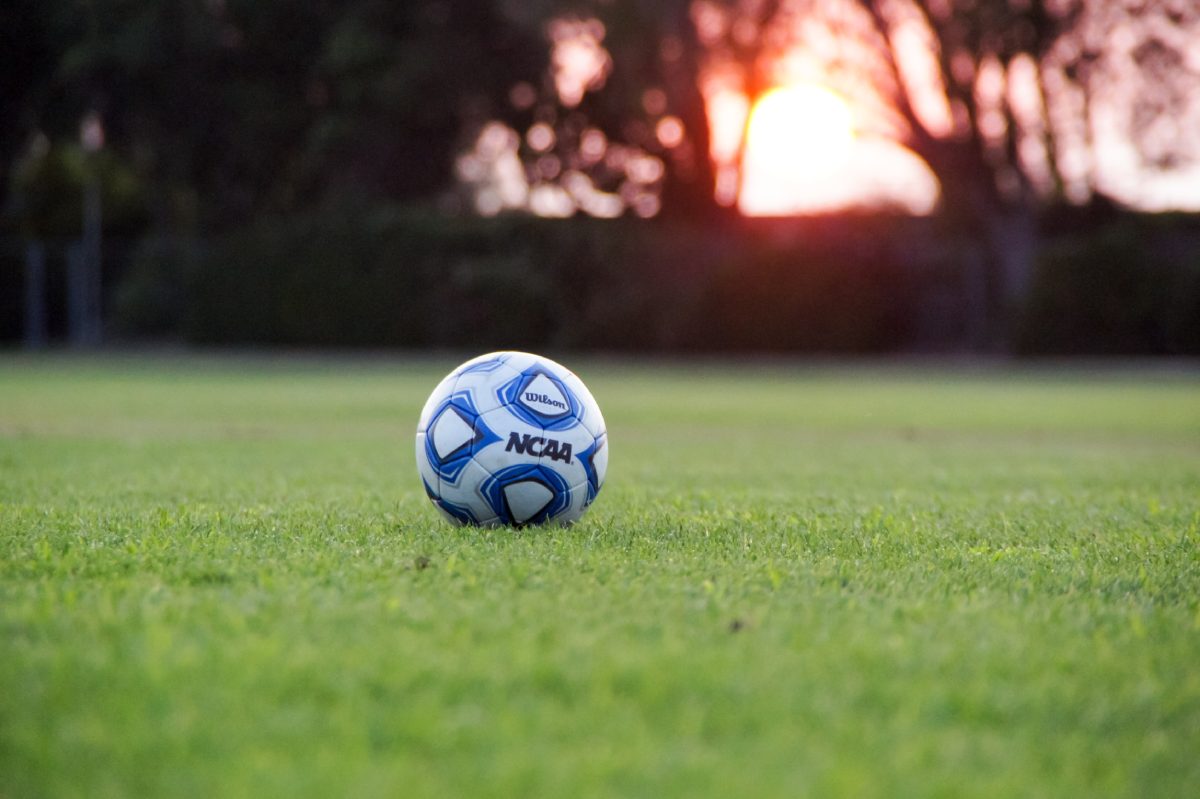
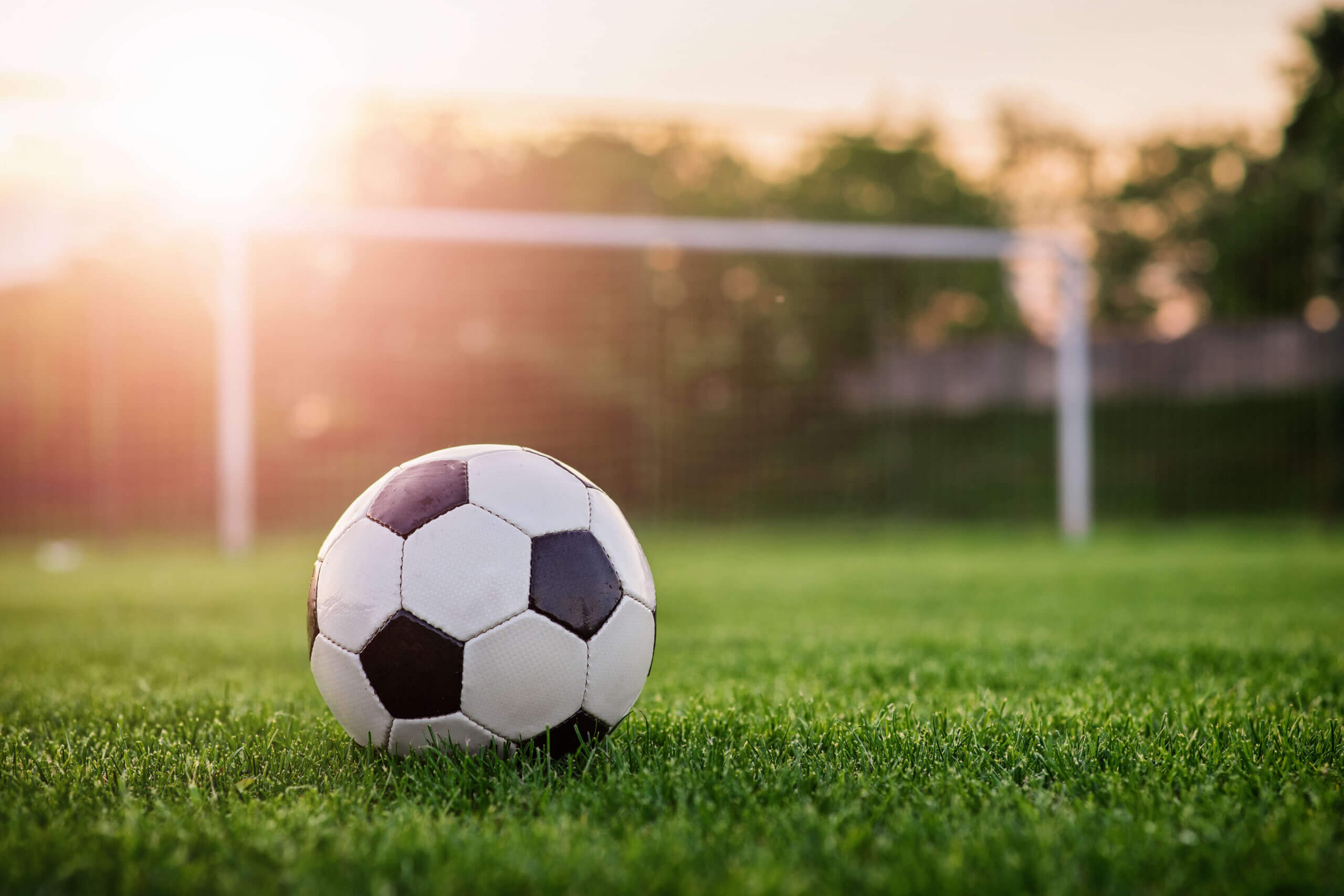
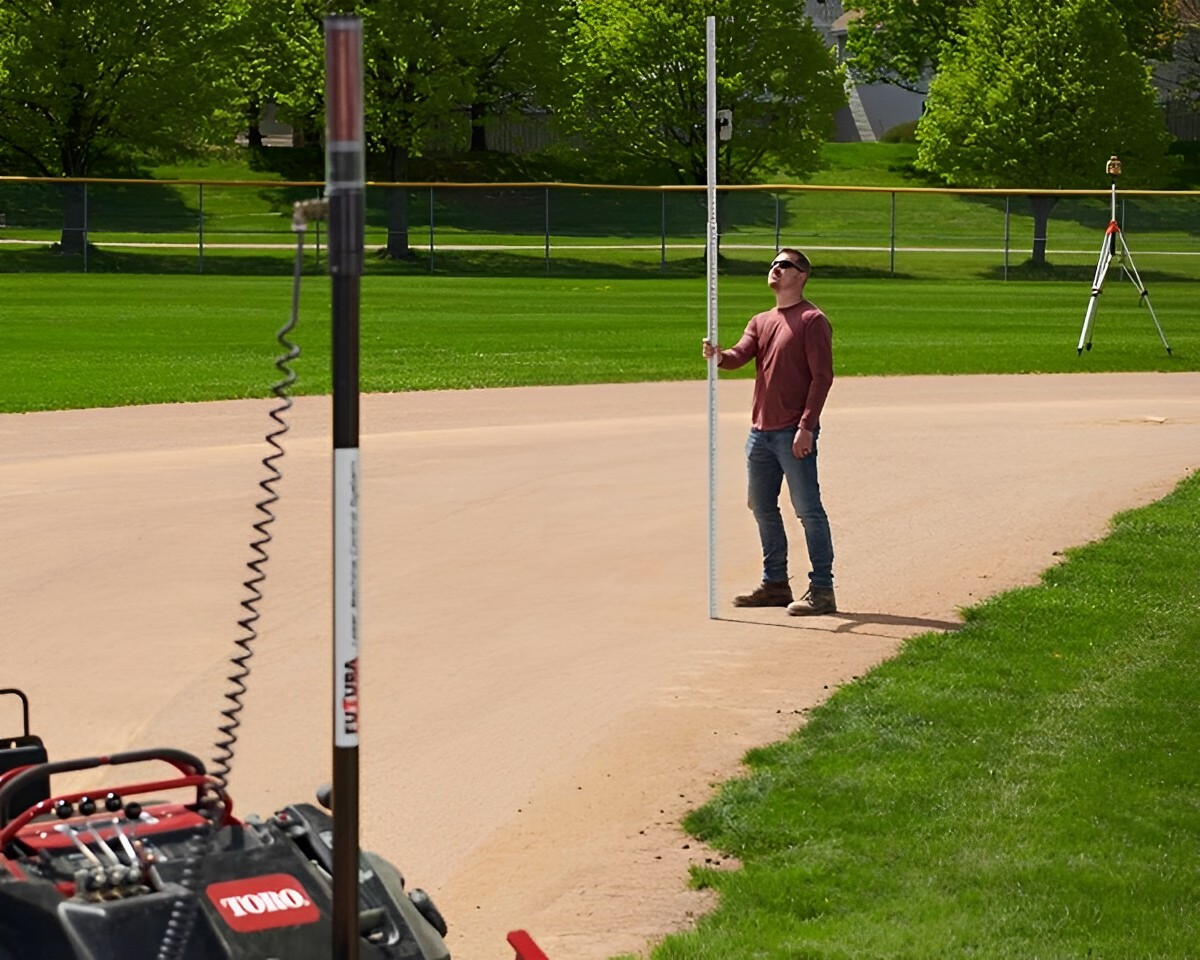
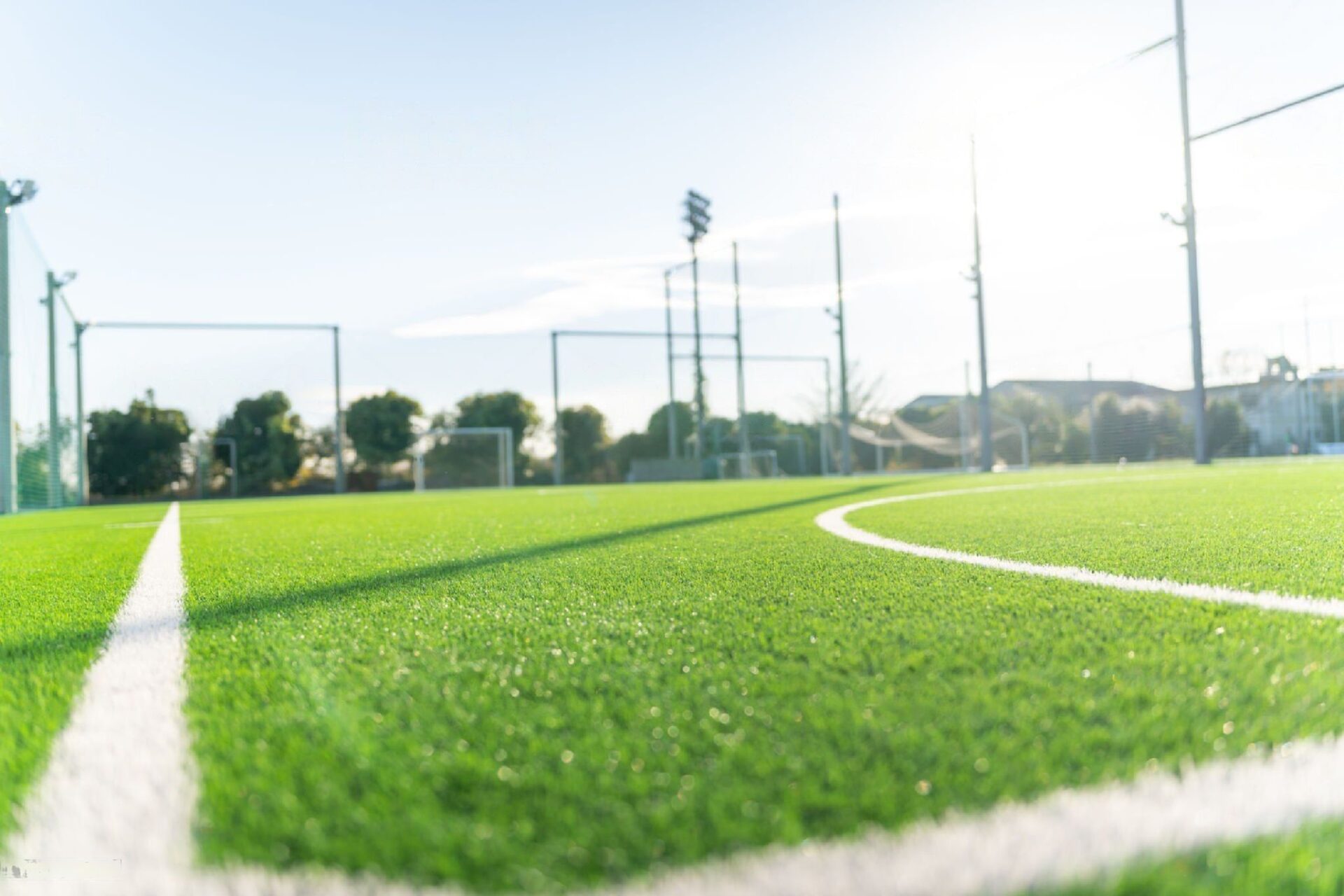
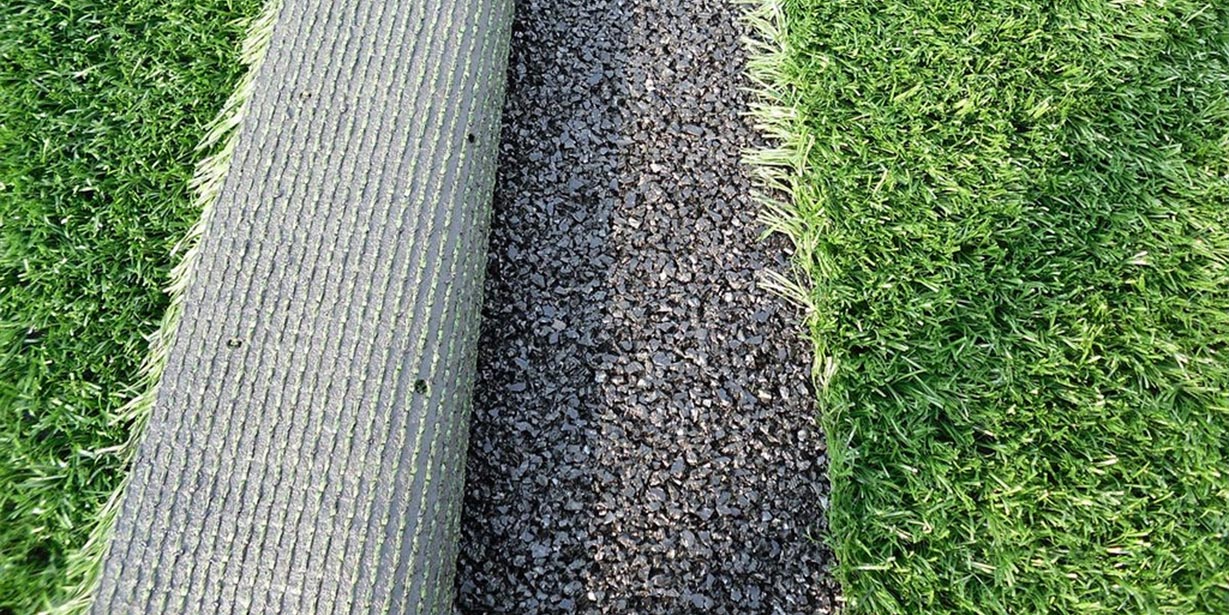
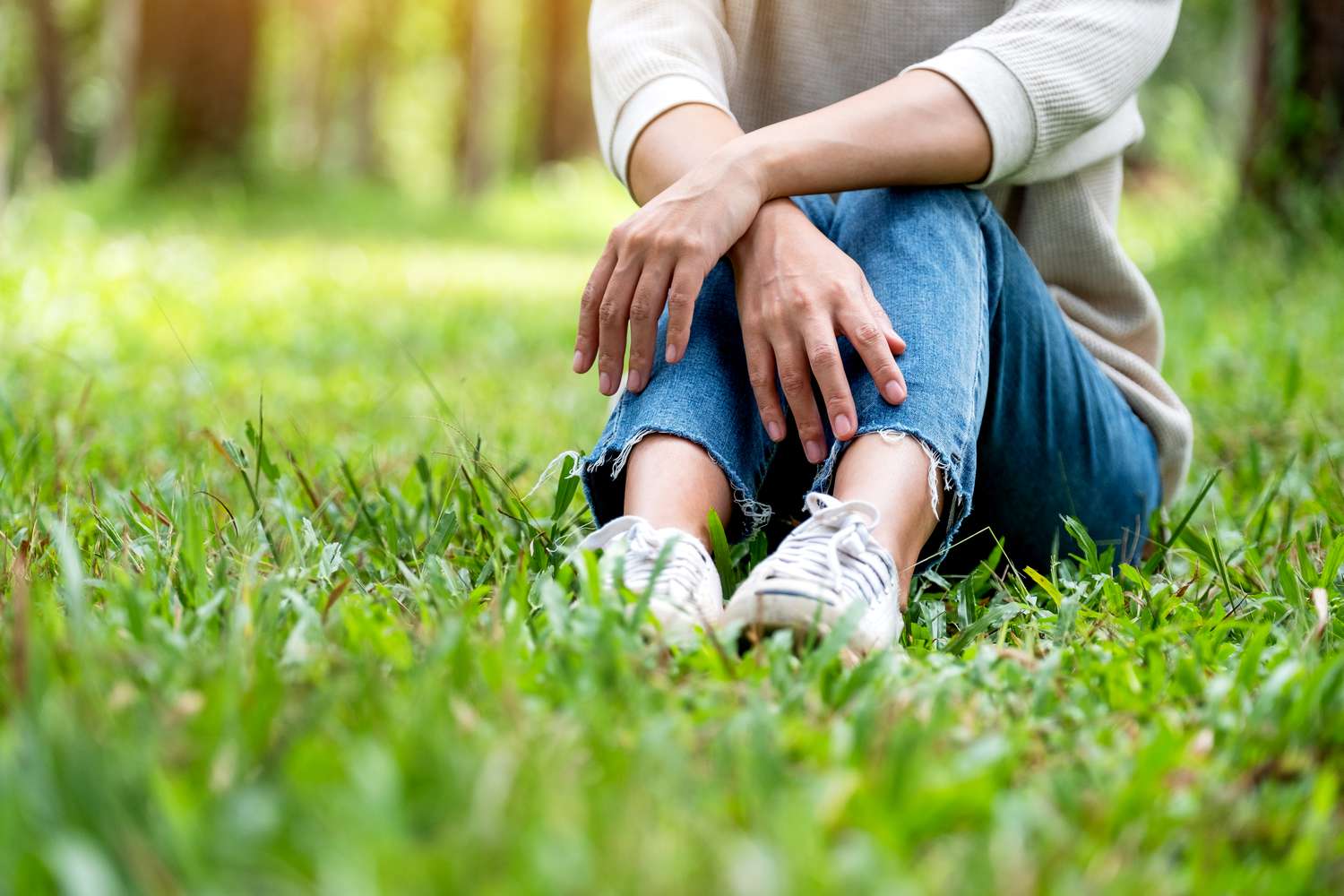
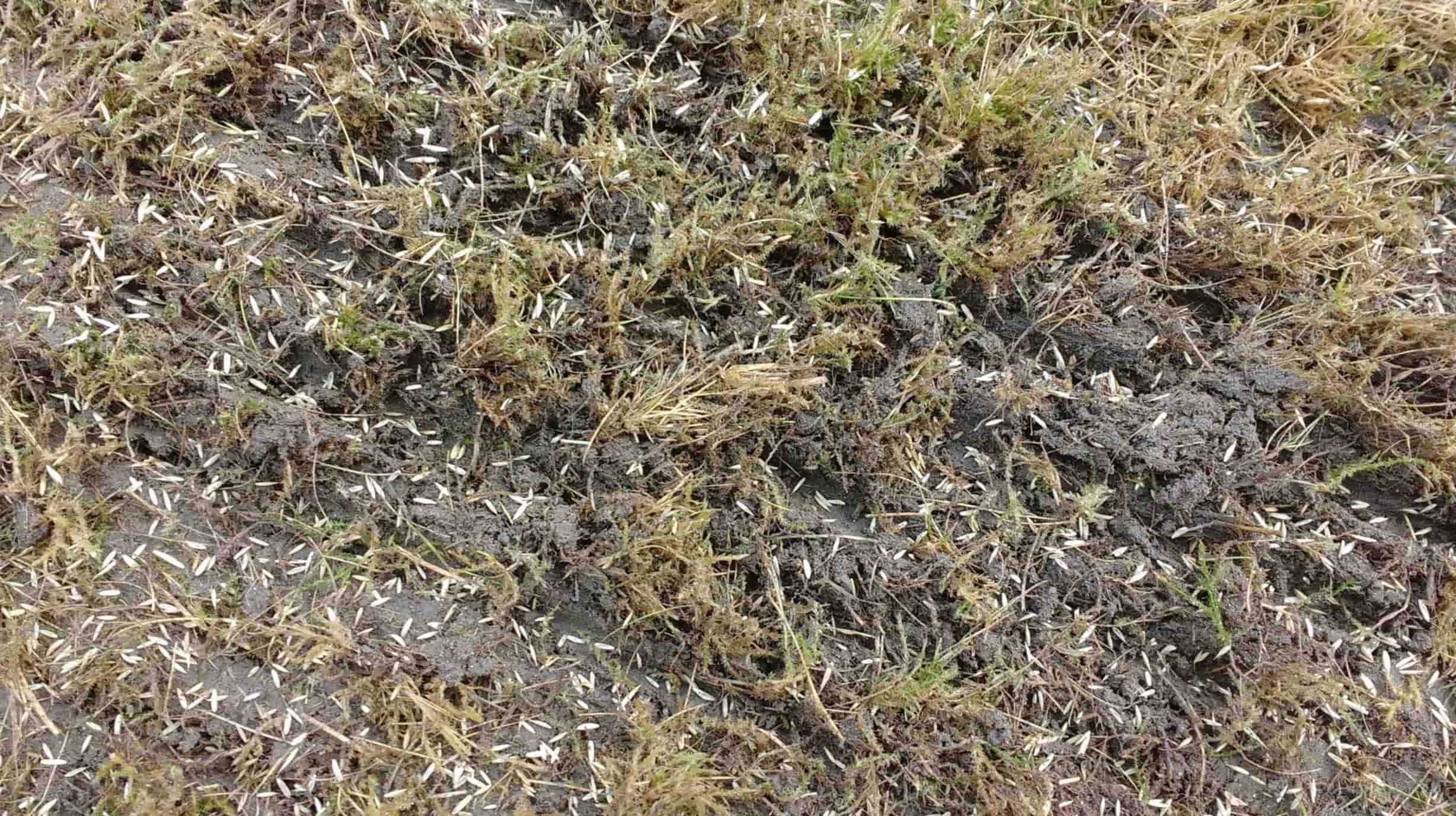
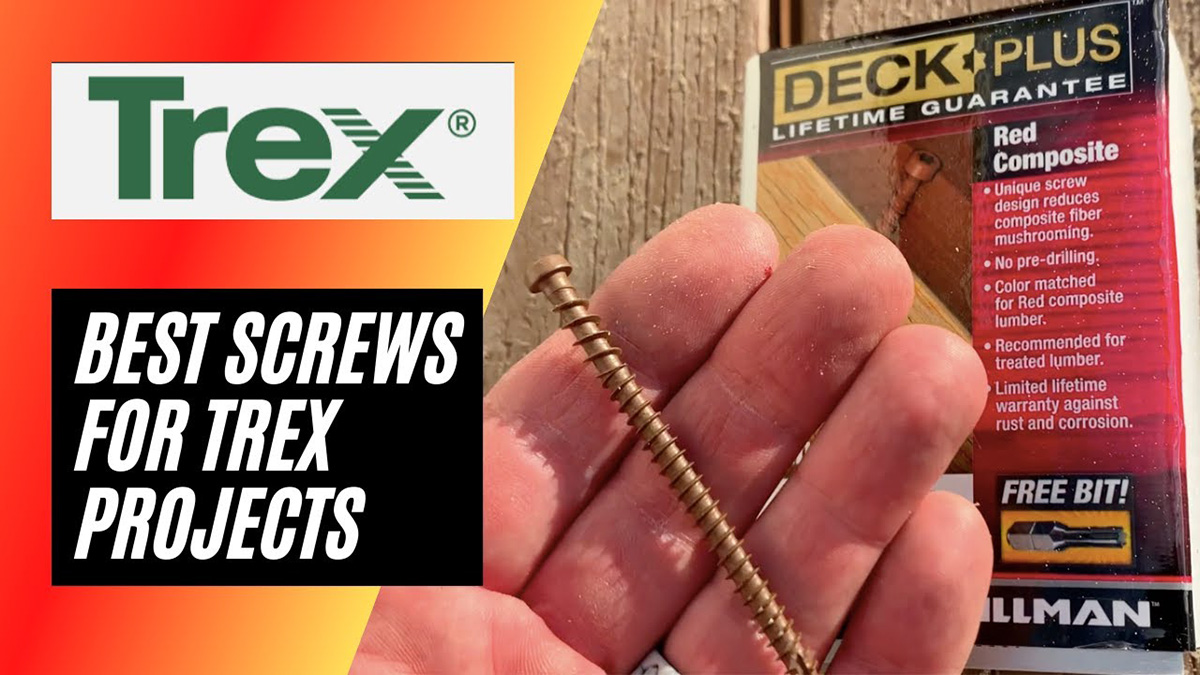
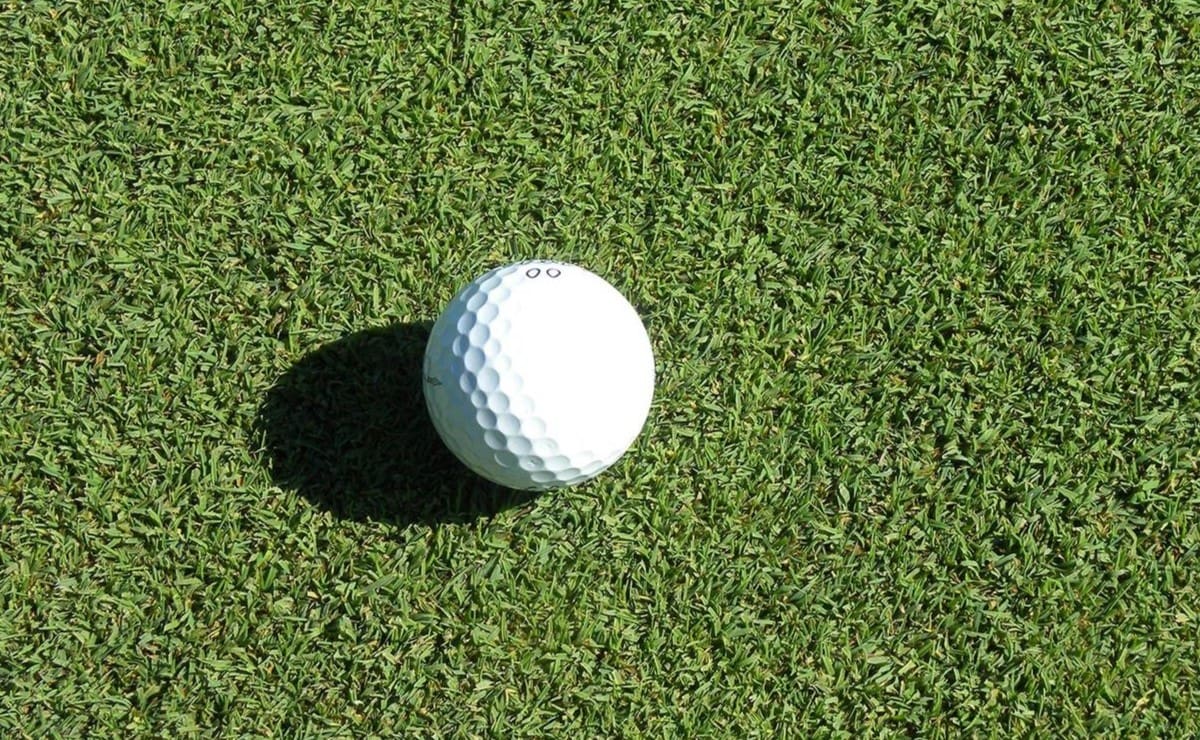
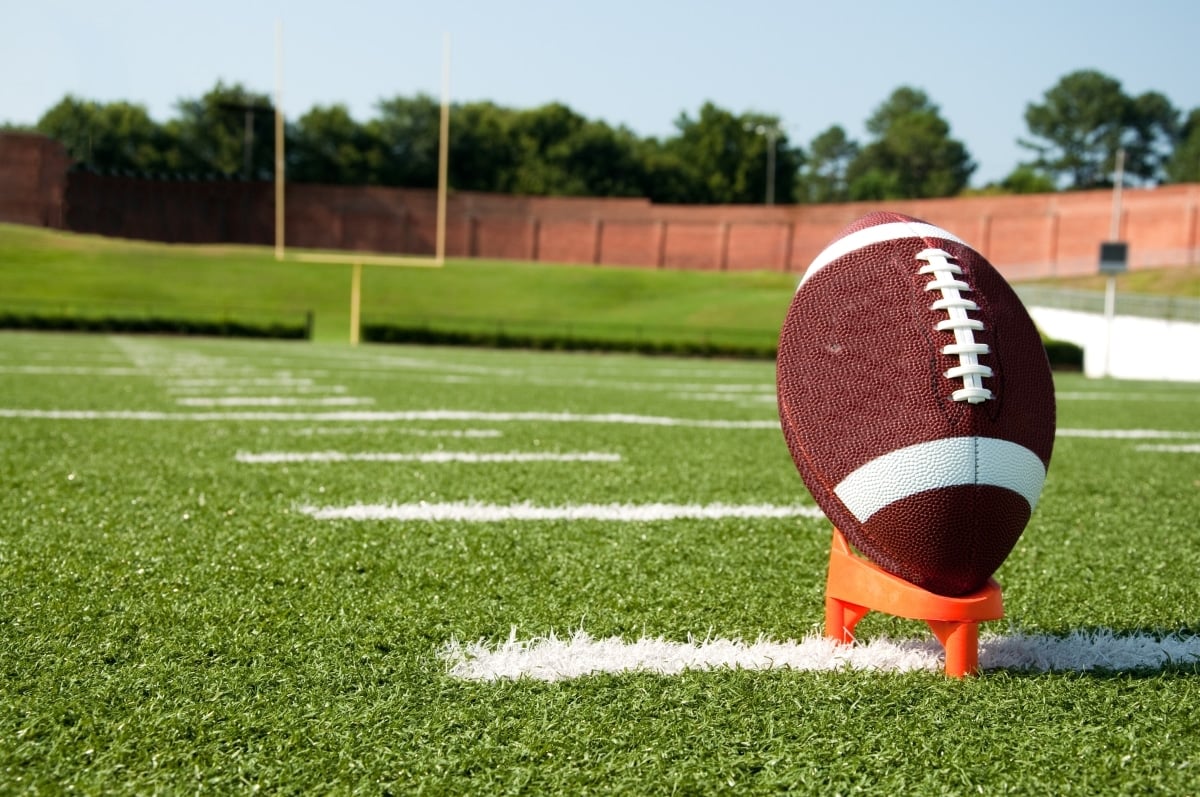
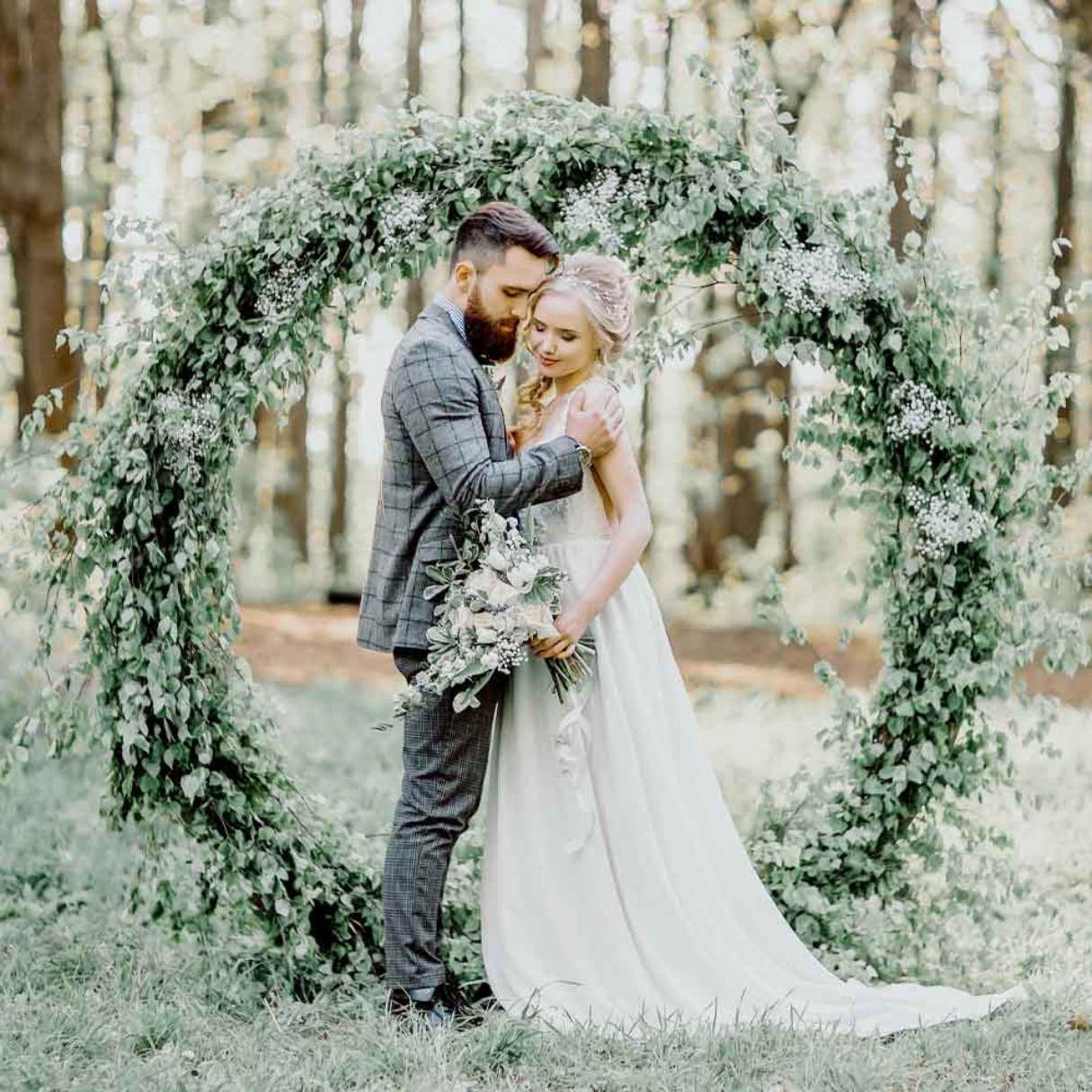
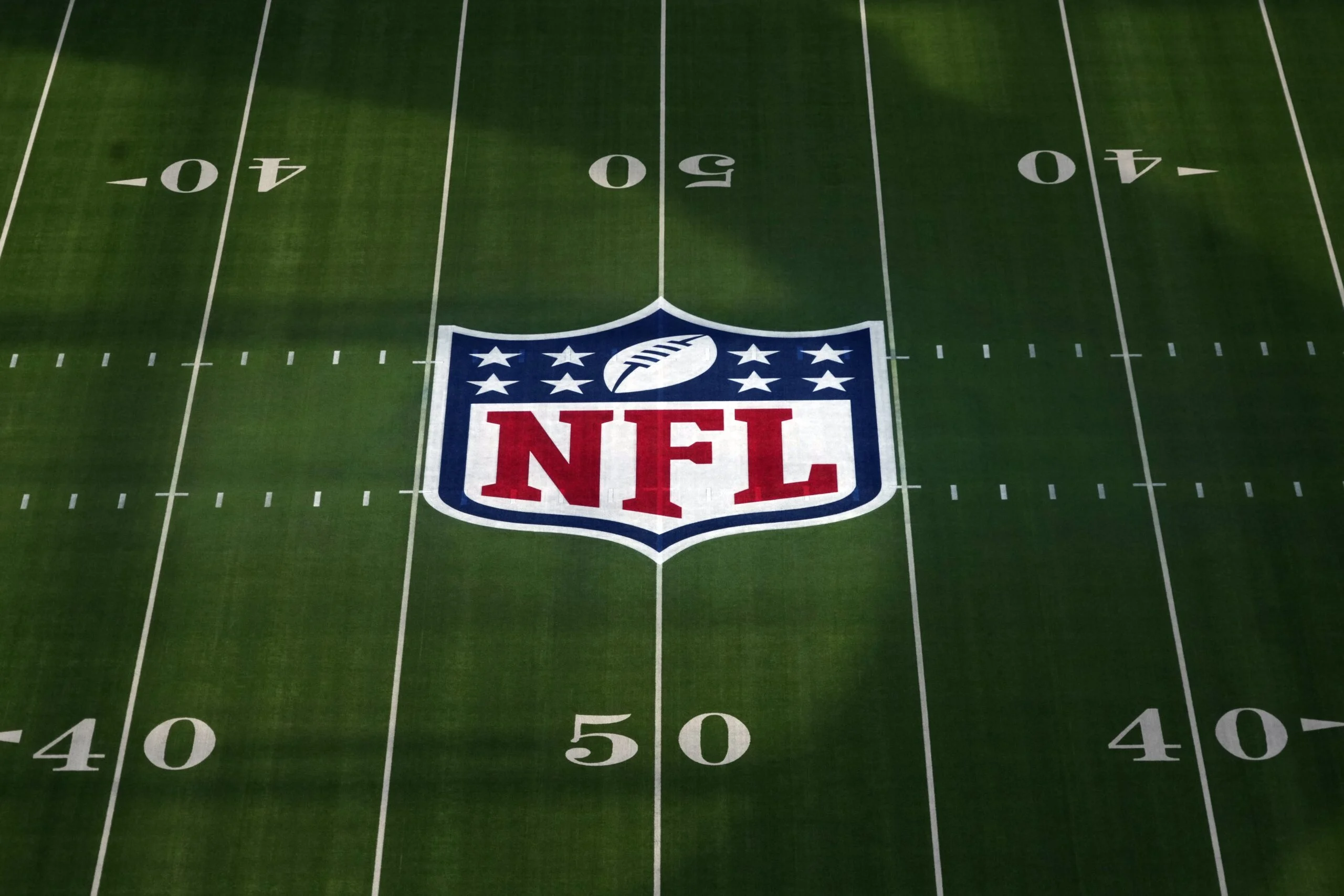
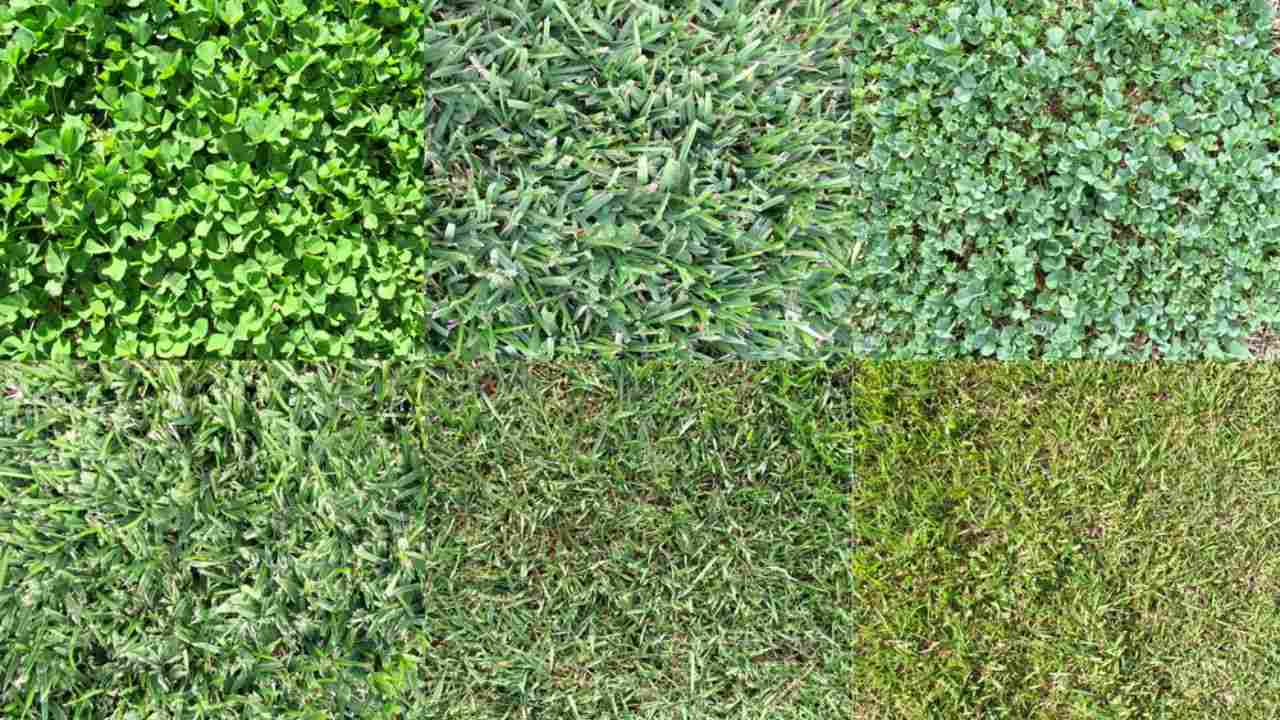
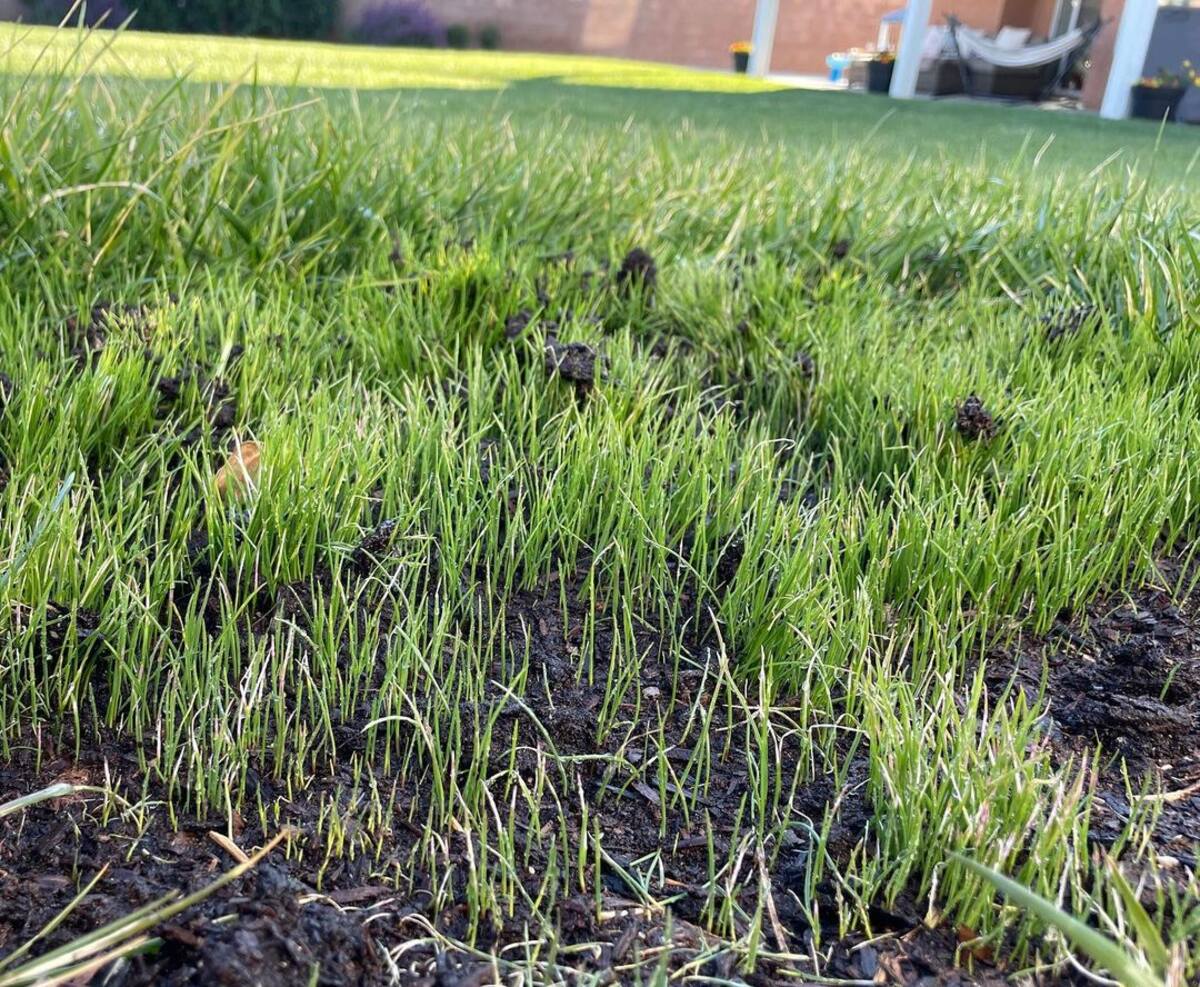

0 thoughts on “What Kind Of Grass Is Used On Baseball Fields”